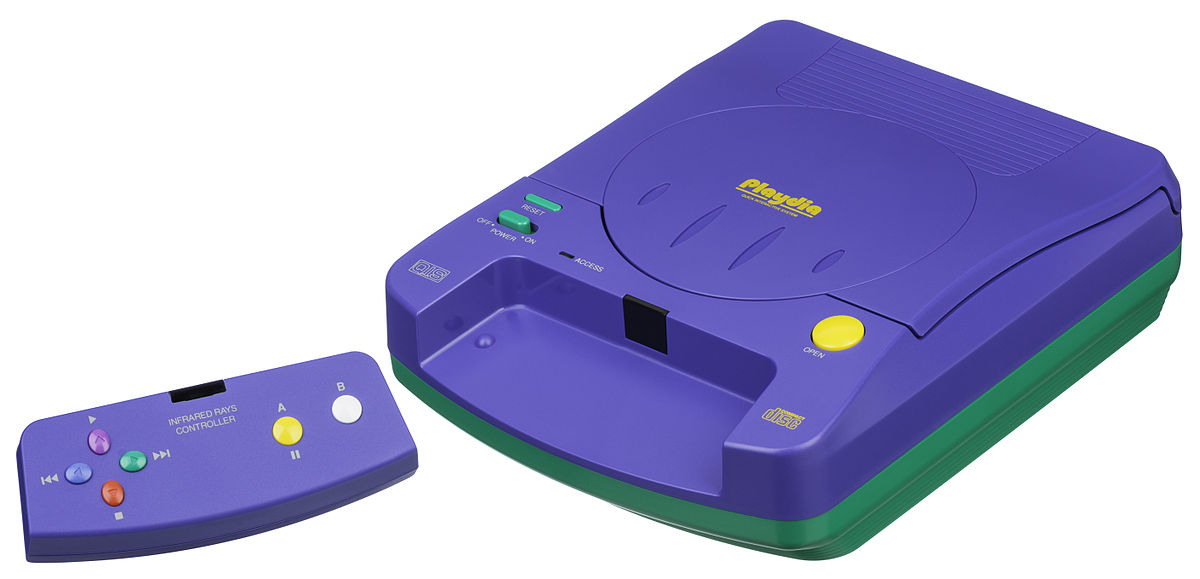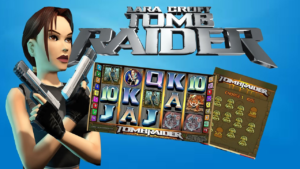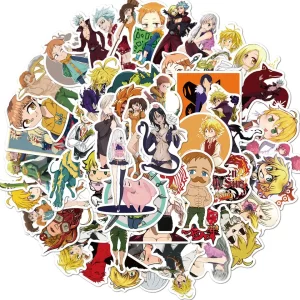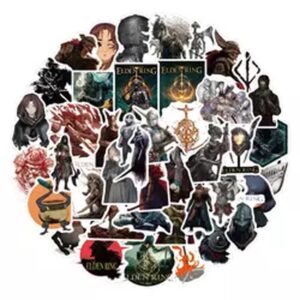Welcome to Culture of Gaming’s in-depth retrospective on the Bandai Playdia, a gaming console that was released in 1994. The Playdia was an innovative system that aimed to provide a unique gaming experience to players. In this article, we will take a detailed look at the Bandai Playdia, exploring its design, performance, games, reception, and legacy. We believe that understanding the history of gaming consoles is essential to appreciate the evolution of modern technology and gaming. The 90s were a significant period, where gaming was becoming increasingly popular, and we want to take a deep dive into that era. This article’s goal is to provide our audience with the most comprehensive coverage of Bandai Playdia. So stay tuned for an exciting and informative journey into the world of the Bandai Playdia.
Bandai Playdia Console Overview
The Bandai Playdia was a gaming console that was launched in 1994. It was developed and produced by Bandai and was popular during the mid-90s. The console’s design and features were unique compared to other gaming consoles of the time.
The console was compact and lightweight, making it easy to move around and set up anywhere. The system had a built-in CD player that allowed users to play both games and CDs. The controller interface was also straightforward and easy to use.
Technologically, the console was not as advanced as its contemporaries. It had an 8-bit processor and 1 MB of RAM, which was limited compared to the 32-bit processors and 8 MB RAM found in consoles like the PlayStation and Saturn. Nevertheless, it still managed to provide a decent gaming experience to its players.
In terms of hardware and peripherals, the Bandai Playdia had a variety of accessories, including a mouse and keyboard, which were sold separately from the console. It also utilized a digital video cartridge, which allowed users to view and interact with digital content on their TV screens.
When compared to other consoles of the time, like the Super Nintendo and the Sega Genesis, the Bandai Playdia’s graphics and sound capabilities were lacking. However, its ability to play CDs made it an attractive option for those looking for a multimedia console that could play music in addition to video games.
Bandai Playdia Console History
The Bandai Playdia console was first released in Japan on September 23, 1994. It was created through a collaboration between Bandai and NEC, and was developed as a console targeted at young children and families. The console featured interactive games and educational content, which was a novel concept at the time. The Playdia was only released in Japan, making it a rare collector’s item for avid console enthusiasts around the world.
The console was marketed as a family-friendly device that could be enjoyed by children and parents alike. The Playdia offered a unique gaming experience by incorporating educational content into its games, empowering children to learn while they play. As such, the marketing campaigns were directed at parents who were seeking console options that weren’t just games, but also a way to educate their children.
Despite the console’s unique features and innovative marketing campaigns, it did not perform well in terms of sales. While initially popular, sales of the Playdia console fell rapidly. This poor sales performance was due to a combination of factors, including a lack of third-party support, limited selection of titles available, and a high price point. The company’s limited console production due to high costs, also made it difficult for the console to gain popularity.
While the Bandai Playdia console did not become a commercial success, it is remembered for its innovative features, unique approach to game development, and successful collaborations between two major players in the gaming industry.
Bandai Playdia Games
The Bandai Playdia had a small library of games, primarily aimed at a younger audience. It featured games that were based on popular anime and manga, including Sailor Moon, Dragon Ball, and Ultraman. Most of the games released for the system were simple side-scrolling platformers or puzzle games.
Some of the more popular titles on the system include Magical Taruruto-kun, which was a platformer based on the anime of the same name. It was one of the few games on the system to receive a physical release. Another fan favorite was Ultraman Powered, which allowed players to take on the role of the iconic monster-fighting hero.
However, despite some standout titles, the Bandai Playdia struggled to compete with other consoles on the market, such as the Sega Genesis and Super Nintendo Entertainment System. Many of the games released on the Playdia lacked the depth and polish of games released on other platforms.
In conclusion, while the Bandai Playdia had some enjoyable games, its limited library and lack of depth kept it from becoming a major player in the gaming industry. Nevertheless, the simplicity of its games made it an accessible console for younger audiences and fans of classic anime titles.
Bandai Playdia Console Reception
Bandai Playdia had a mixed reception upon its launch in 1994. Critics and gamers alike had many concerns about the console, believing it to be less powerful and less capable than its competitors. However, the console still managed to make a positive impact on the gaming industry.
Critical reception and reviews of the console
When it was first released, the Bandai Playdia was met with mixed reviews. Critics praised the console’s impressive specs and its widespread availability, but had numerous complaints about the console’s design, particularly how outdated it looked compared to its competitors. Many critics also found the game library to be lacking, with too few titles that appealed to a broad audience or that were of high quality.
Impact on the gaming industry
Despite the criticism, the Bandai Playdia had a significant impact on the gaming industry, especially in Japan. It was one of the few consoles that allowed for educational games and interactive multimedia experiences. It had potential to become the go-to educational entertainment system. It came with multiple unique features that, if used right, could have provided an immersive gaming experience to the players. Sadly, the lack of a second model, the various hardware drawbacks, and the lack of proper third-party support hindered the Playdia’s impact and performance.
Legacy of the Bandai Playdia
Although the Playdia is rarely talked about today, it did leave a legacy in the world of gaming. It was one of the very few educational entertainment systems that existed and it was a strong attempt to change how video games were perceived by many. The concept of interactive and educational games on consoles has continued to evolve, with current generations having numerous alternatives to select from. The Playdia may not have achieved the long-lasting success of some of its Japanese contemporary models. Nevertheless, it is still remembered as an ambitious attempt on the part of Bandai to revolutionize the gaming world. And that alone is worth remembering.
Frequently Asked Questions
- What is the Bandai Playdia?
The Bandai Playdia is a gaming console that was released in Japan in 1994 by Bandai. It was a home console that played specially designed CDs and was marketed towards younger audiences.
- What were the sales of the Bandai Playdia like?
The sales of the Bandai Playdia were relatively low due to lack of third-party support, limited distribution, and competition from more established consoles like the Sony PlayStation and Nintendo 64. It is estimated that only around 100,000 units were sold in Japan.
- What were some popular games released for the Bandai Playdia?
Some popular games released for the Bandai Playdia include Sailor Moon S: Quiz Taiketsu! Sailor Power Ketsushu, Ultraman: Hikari No Kyojin Densetsu, and Dragon Ball Z: Shin Saiyajin Zetsumetsu Keikaku – Chikyū-Hen. These games were notable for featuring popular anime and manga characters.
- How does the Bandai Playdia compare to other consoles of the time?
The Bandai Playdia had relatively low processing power and graphics capabilities compared to other consoles of the time, like the Sony PlayStation and Nintendo 64. It also had limited third-party support and a niche audience. However, it was notable for being one of the first consoles to use CDs and have built-in karaoke features.
- What was the impact of the Bandai Playdia on the gaming industry?
The Bandai Playdia had relatively little impact on the gaming industry, and its low sales and limited library of games meant it was quickly forgotten. However, it is notable as an early example of a console that targeted younger audiences and featured anime and manga characters.






















